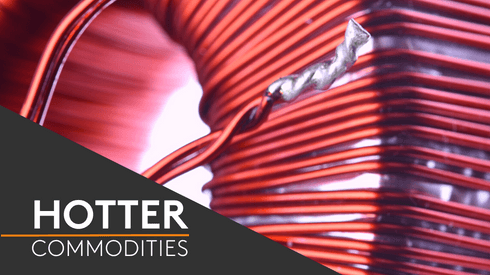The marketing agreement covers cobalt output from existing producing assets operated by Chemaf – which specializes in cobalt and copper exploration, mining and processing in the DRC – and runs until December 2020.
In 2017, Chemaf produced more than 5,000 tonnes of cobalt largely from its Etoile mine and processing plant in Lubumbashi. Production is set to rise to 7,000 tonnes in 2018, the company said.
“With demand for electric vehicles set to rise exponentially in the coming years, Chemaf is playing an increasingly important role in providing the market with high-grade cobalt hydroxide. The agreement announced today will enable Chemaf to accelerate production whilst also investing in our highly attractive exploration portfolio” Sebastien Ansel, executive director and chief financial officer of Shalina Resources, said on Wednesday.
Cobalt prices have soared over the past 18 months in response to tight supplies of metal and rising demand from the electric vehicle sector.
Metal Bulletin’s benchmark low-grade cobalt price, referenced in both the metal and intermediates market, was assessed at $42.85-44.25 per lb, in-warehouse, on Wednesday, up 72.5% from a year ago.
No details were available on the commercial terms of the offtake agreement between Chemaf, Shalina and Trafigura at the time of publication.
As part of the marketing deal, Trafigura will provide direct support to Chemaf in bolstering the latter’s ability to manage its social and environmental footprint, in line with international standards such as the OECD’s “Due Diligence Guidance for Responsible Supply Chains” and Trafigura’s own responsible sourcing program.
Chemaf’s portfolio includes Mutoshi concession in Kolwezi, a property containing approximately 300,000 tonnes of cobalt resource.
Chemaf is currently developing a leach SXEW processing plant at the site, due for completion in 2019, with capacity to produce 20,000 tonnes of copper and 16,000 tonnes of cobalt hydroxide per year.
Trafigura entered the cobalt concentrates market in 2010, signing deals with producers in the DRC.





